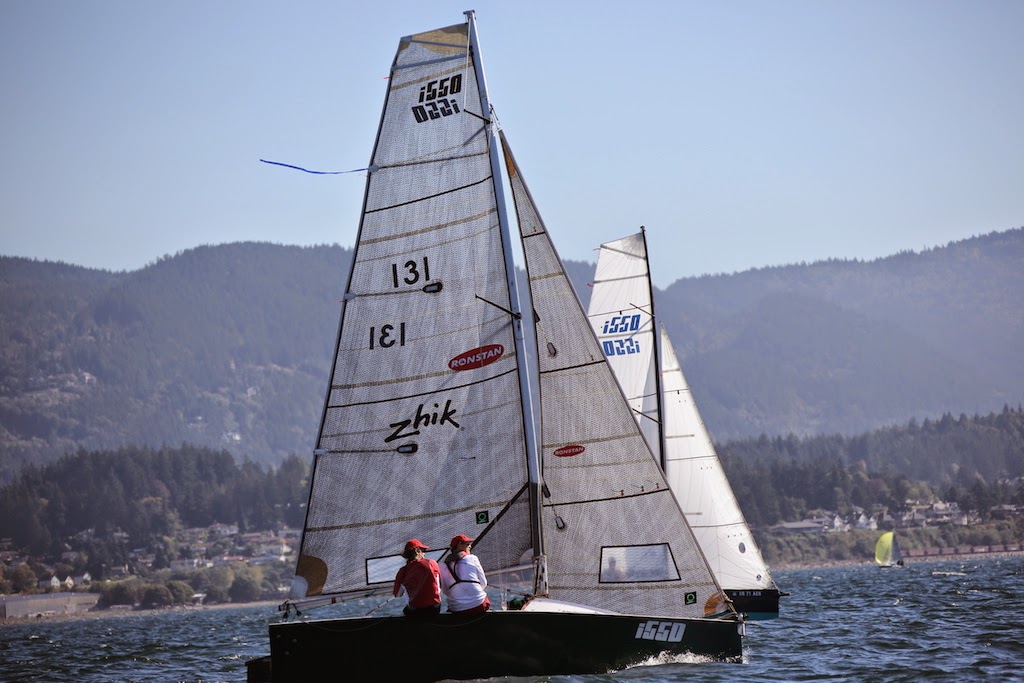
I am plugging away on "TIME MACHINE",,, the keel plug that is. As is the case with many of the parts on this build, and to prevent slowing things down, or just overthinking it, sometimes, you need to just roll up your sleeves and dive right in. We will get started on building an aerodynamic, 165 pound, torpedo shaped chunk of lead, but first we have to make a fake male plug in order to build a concrete female mold, to pour the lead male bulb,,,, I agree,,, a lot of steps.
I lofted my bulb parts on paper per the plans, I then glued the paper cutouts to 2" building foam, and cut them out on my bandsaw (you could also cut them with a sheetrock hand saw). I had pre-drilled a 1/2" hole, to thread them onto a hardwood dowel, spray adhering each layer together as I went.
I planed/faired all of this to my control marks, to achieve my final bulb shape. I started my first cote using bondo (an automotive body filler), but decided to change to 20 minute sheetrock mud, as it is easier to apply and sand.
When I was happy with my fairing job, I painted the bulb with some leftover paint to seal the sheetrock mud. I then coated the plug with wax, and then neatly wrapped the entire plug with (1) layer of saran wrap, waxing the outside of the saran wrap also.
I mixed and poured the concrete into my pre-built box, then pushed the bulb in place, holding it in position against its buoyancy (about 1/2 its profile) using a couple of wood scraps and screws. I let this dry overnight, leaving the keel bulb in place I added my next box directly over the lower frame. (I had used tongue and groove siding scraps, so it was easy to lock the two frames together).
I added a couple of plumbing pipes to create pour/vent holes for the lead (pic above).
The finished mold.
I was pleasantly surprised with a very fair mold. I plan to let this cure for a couple of weeks, before pouring the 165 pounds of lead. I am hoping that by allowing the moisture to evaporate from the concrete, that I will be able to get multiple pours out of the same mold?, although I am not 100% sure if it will, but it would be nice to help out another boat builder, by sharing the mold.
Note: I got all my lead , by going to a few tire shops, when I told the owners what I was trying to do, they were enthusiastic to help out. It is also a great way to recycle those old tire weights.
 The bottom is faired and I rolled on two coats of Interlux Primekote primer on the bottom and sides. I like the Interlux products so far and have decided to use their products exclusively thruout the rest of the build.
The bottom is faired and I rolled on two coats of Interlux Primekote primer on the bottom and sides. I like the Interlux products so far and have decided to use their products exclusively thruout the rest of the build. I was able to flip the boat over with the help of my son Jordon, Jay Fullwider and Tim Osborne, Tim has purchased a set of plans and will be using my build cradle to start on Colorado i550 #2.
I was able to flip the boat over with the help of my son Jordon, Jay Fullwider and Tim Osborne, Tim has purchased a set of plans and will be using my build cradle to start on Colorado i550 #2. Carpet pad on the driveway worked well in preventing any scratches during the flip. Time Machine is now upright and ready to have the topsides finished.
Carpet pad on the driveway worked well in preventing any scratches during the flip. Time Machine is now upright and ready to have the topsides finished.












































